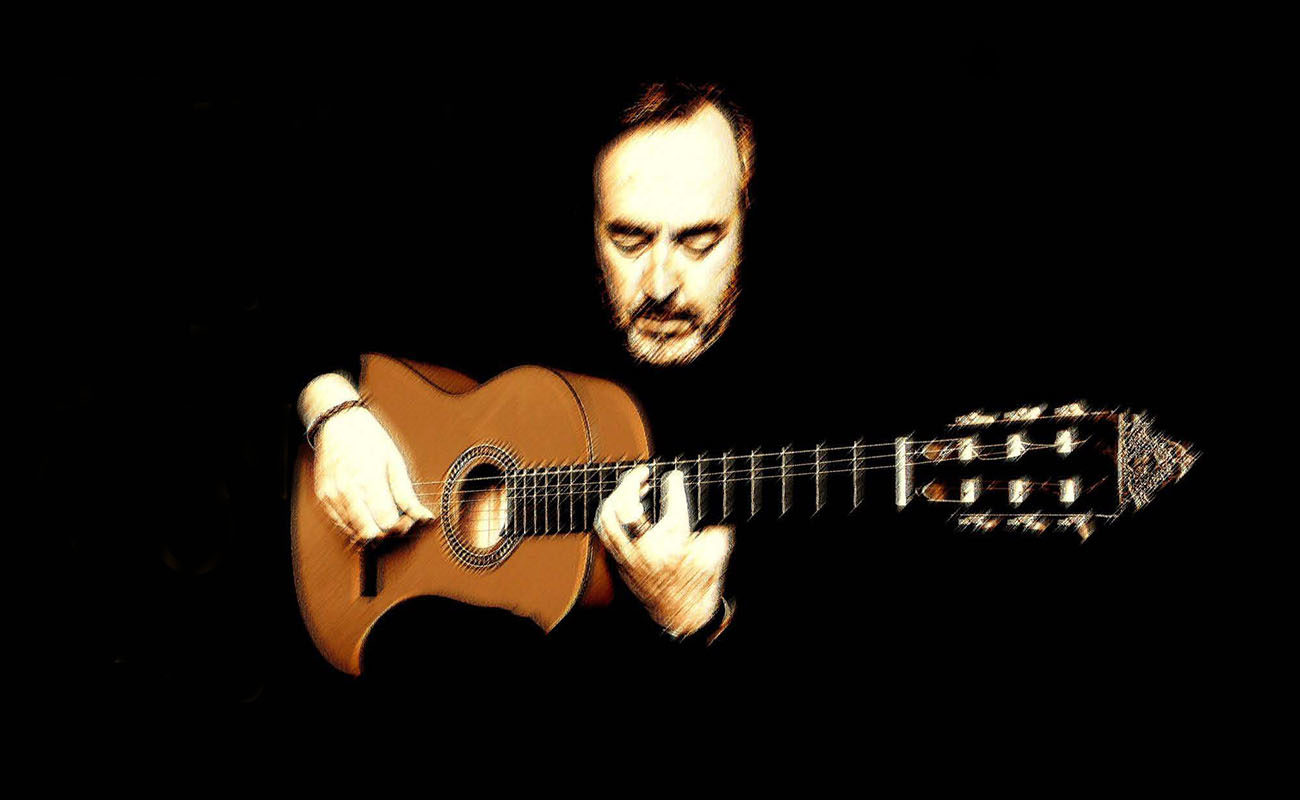Less box office and more passion
I remember something that Antonio Mairena once told me: “Sometimes, people from outside of Andalusia have to come here to tell us how great this art is”. That’s it. Let’s stop our navel-gazing, then.

I’ve always thought it’s interesting how the major flamenco festivals in Spain don’t include in their programs any of the many artists of cante, baile and toque from other countries, specially since we often boast how universal arte jondo is, with people all over the world being able to perform our art with passion. The Bienal de Sevilla, to name the flamenco festival of greatest renown in the world, should take those artists into account. Not only the artists, but also give a space in one of its editions for the academies from all over the world, so they can show us what they do, because I’m sure we’ll learn from them much more than we ever thought possible. We only think of them, these foreign flamencos, as something good for business, for ticket sales and for the money they spend here in the hotels and restaurants of Andalusia, but we never think of them as people who could come here to express what our art means for them, and how they live it in the distance.
Besides, I know very well that outside of Spain there are flamenco artists who are wonderful performers. I remember a few years ago in a private party in Nimes (France), when two Gypsies from Marseille called out no other than Luis El Zambo, who got ticked off and had to straighten out. In guitar there are true geniuses all over the world, wonderful artists such as Chile’s Carlos Ledermann. There are also many good photographers who chose flamenco as the basis of their work, who could exhibit in our land. Not just as a gesture of appreciation for so many things, but because they’re artists and they dream of coming one day to the Bienal or to the Festival de Jerez, flamenco events where almost always we see the same old artists, and where there seems to be a policy of refilling, of filling up holes. From a cultural and historical perspective, it would be nice if one year there were parallel activities such as lectures, round tables and presentations analyzing the role of foreign writers, musicians, poets and painters, specially those romantic travelers who came to value an art which was disparaged in our newspapers. Something has been done at the Bienal in the area of bibliographies, but much more could be done.
There’s no doubt that these big events are a tourist attraction for Andalusia and good entertainment for the locals. However, considering how little is known about flamenco in the very land which gave birth to it, it’s necessary to go beyond, to educate the new aficionados and, above all, pay tribute to those who created this wonderful thing that has given Andalusia so much glory and money. Seville has miserably forgotten its essential, pioneer artists. Same with Jerez and Cádiz. Jerez at least has organized a congress remembering the great Juanito Mojama, but in Seville, another important cradle of flamenco, not even one peña flamenca is named after Silverio Franconetti. There’s nothing honoring his memory.
The point of today’s article is to give ideas to get those great festivals out of the routine, even as things are going well at the box office and at the travel agencies. I can only hope that, in the coming editions of these festivals, someone remembers those who have done so much for our art, away from Andalusia, some singing, dancing or playing the guitar, and others painting, writing or making photographs, or just promoting and standing up for our artists. To wrap up, I remember something that Antonio Mairena once told me: “Sometimes, people from outside of Andalusia have to come here to tell us how great this art is”. That’s it. Let’s stop our navel-gazing, then.
* This article was originally published in ExpoFlamenco on February 19th, 2016




